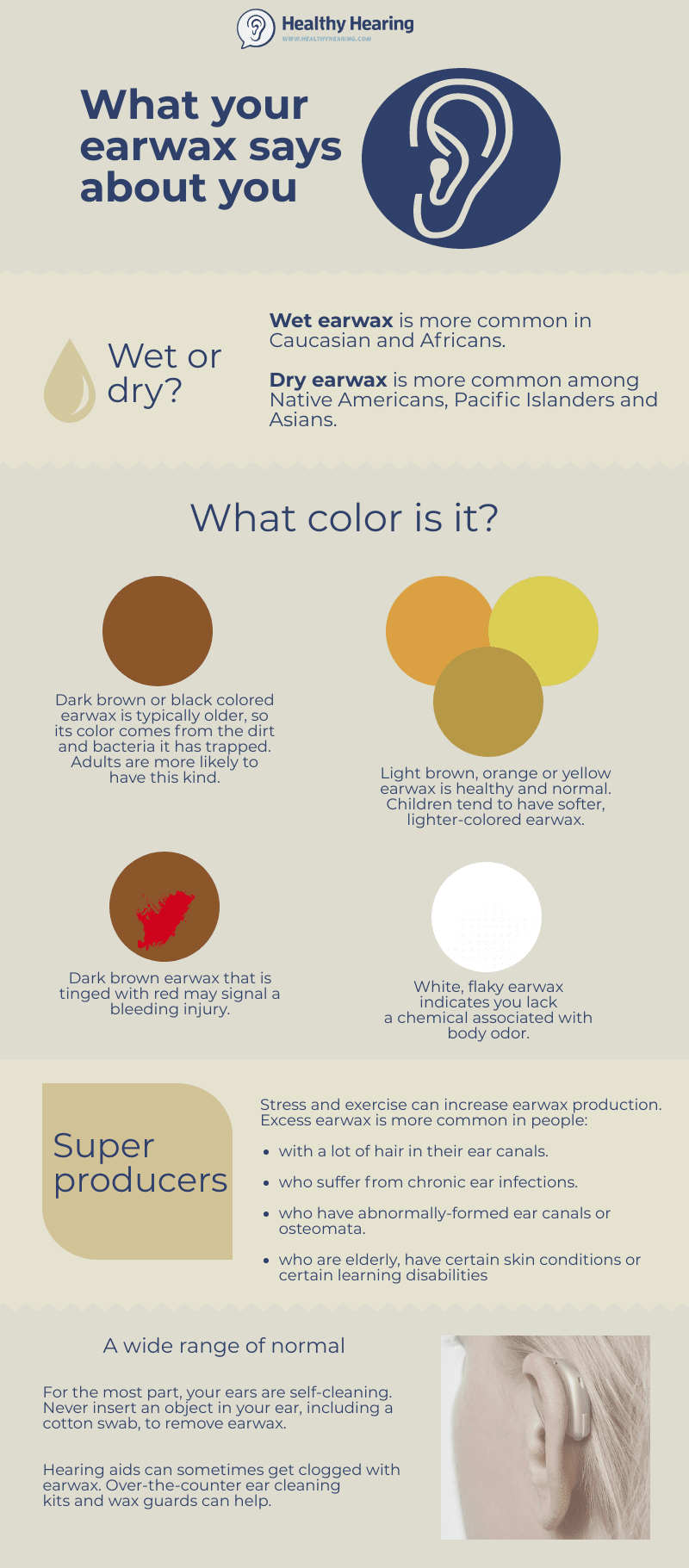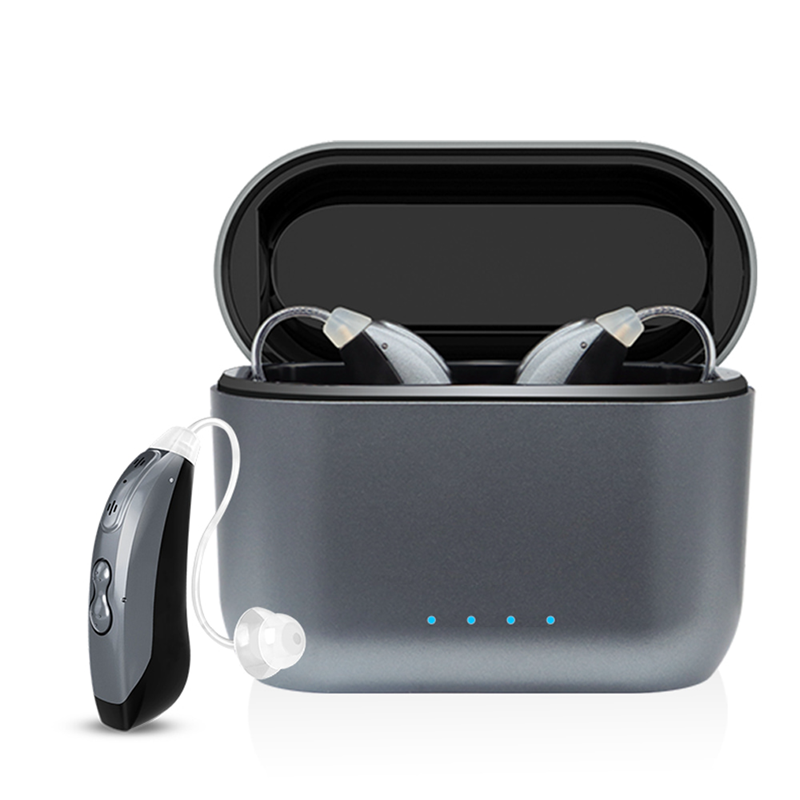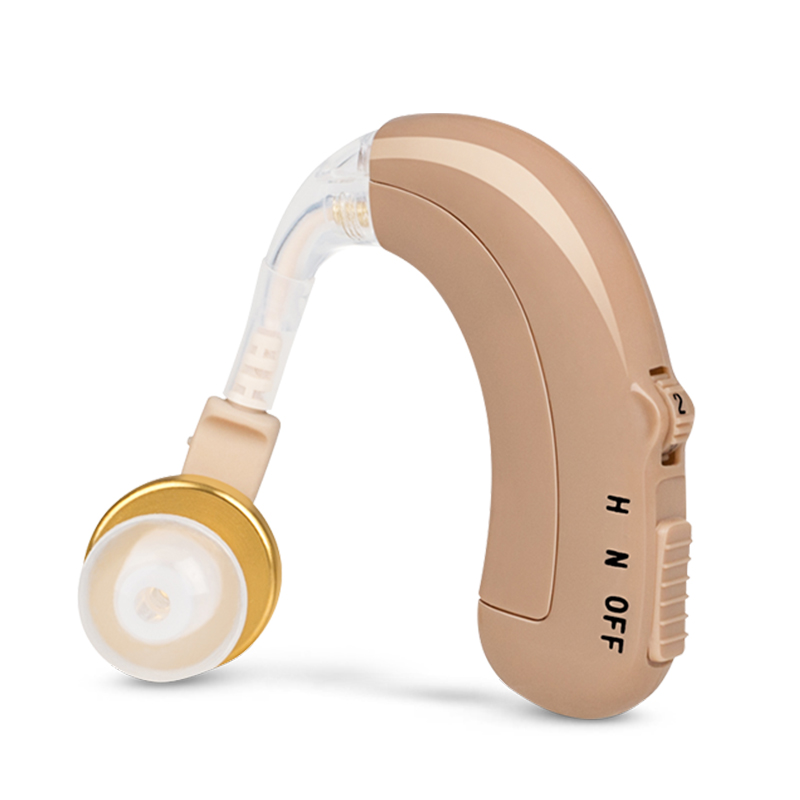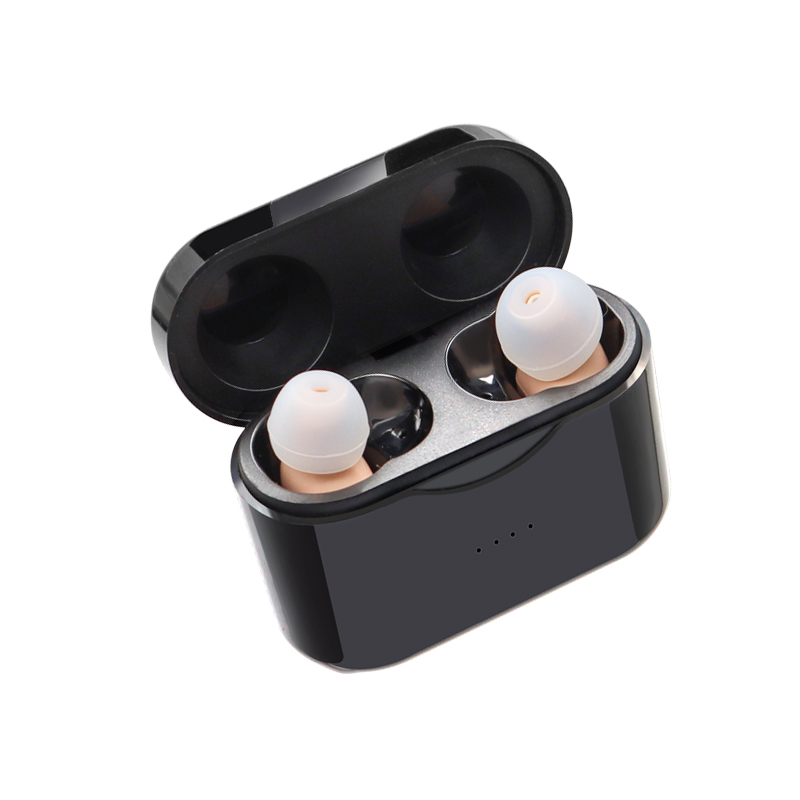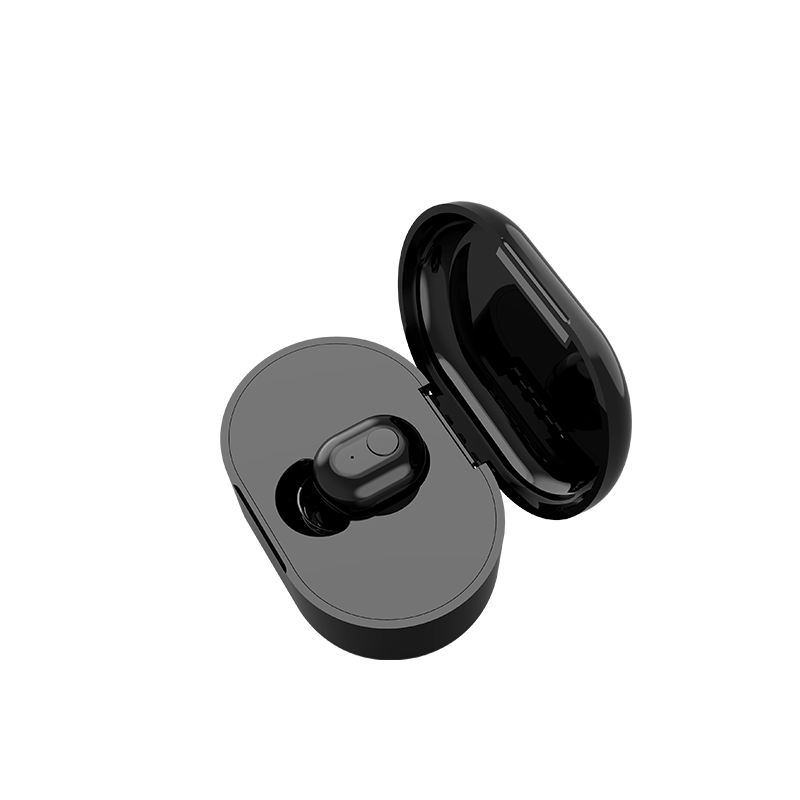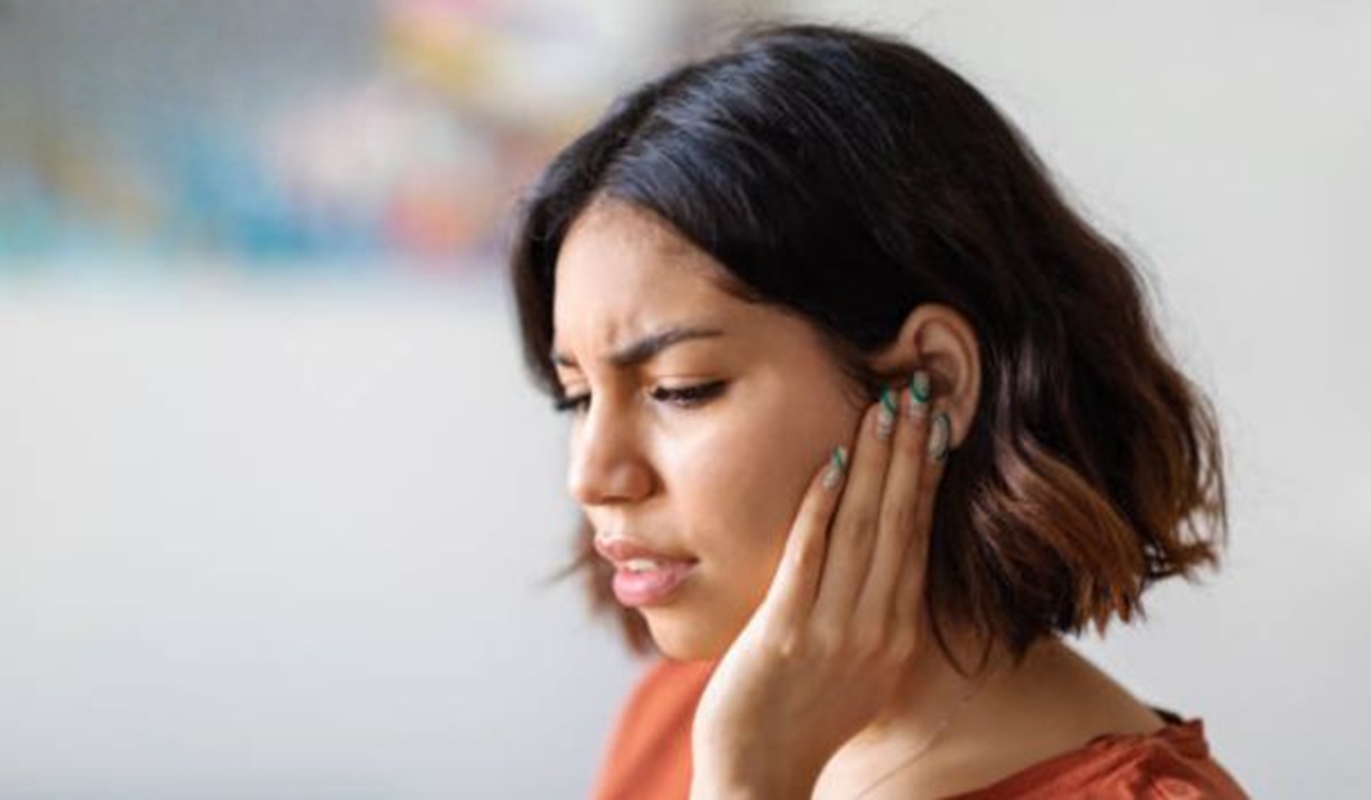Why do people have earwax?
Earwax is a natural barrier that prevents dirt, bacteria, and other things from entering the innermost parts of your ears. It acts as a moisturizer and protective coating for your ear canal. Without earwax, your outer ear might be itchy and flaky, which puts it at greater risk for becoming irritated and infected.
Why is it sticky?
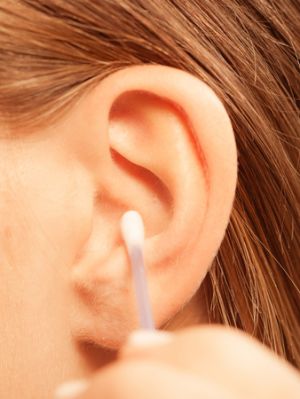
It can lead to ear drum damage.
Earwax like an adhesive, collecting microscopic debris that finds its way into your ear canal, much like fly paper traps insects. Without this defensive barrier, your inner ear would be at risk.
Why does it smell?
The smell of earwax keeps bugs away, while the stickiness traps those that accidentally venture inside. (Yep, bugs and plenty of other things can get stuck inside your ear.)
Are there different types of earwax?
Yes. There are two primary types of earwax—wet and dry:
- Wet cerumen is more common in Caucasians and Africans
- Dry cerumen is more common among Native Americans, Pacific Islanders and Asians
What color is normal earwax?
Normal earwax can vary in hues of light brown, while other colors may indicate an underlying issue:
- Dark brown or black colored earwax is typically older, so its color comes from the dirt and bacteria it has trapped. Adults tend to have darker, harder earwax.
- Dark brown earwax that is tinged with red may signal a bleeding injury.
- Light brown, orange or yellow earwax is healthy and normal. Children tend to have softer, lighter-colored earwax.
- White, flaky earwax indicates you lack a body-odor producing chemical. Dark-colored, sticky earwax indicates you should probably use deodorant.
Do some people produce more earwax then others?
Yes. Stress and fear can accelerate earwax production. Others who have a tendency to produce too much earwax include those:
- with a lot of hair in their ear canals.
- who suffer from chronic ear infections.
- who have abnormally-formed ear canals or osteomata, which is extra bone tissue,
- who are elderly, have certain skin conditions or certain learning disabilities.
Why can't I use a Q-Tip™ to clean out earwax?
From punctured eardrums to super impacted earwax, there are many negative consequences associated with using cotton swabs in your ears. Read more about why Q-Tips are bad for your ears, and what to do instead.
I want to try ear candling. Is it dangerous?
Ear candling is even more dangerous than inserting cotton swabs in your ear. We do not recommend it.
Can too much earwax damage hearing aids?
Yes. Earwax buildup can cause problems with your hearing aids. It's why professionally fitted hearing aids come with wax guards to keep wax from accumulating in your device. They need to be changed out regularly, usually monthly.
It's also important to clean your hearing aids daily to avoid earwax buildup. Always use a professional kit with tools made for your hearing aids, and not objects found around the home. Most kits come with a wax pick or wire loop for removing wax and debris.
Does diabetes affect earwax?
Interestingly, the pH of earwax in people with diabetes tends to be less acidic, according to practice guidelines published by the American Association of Family Physicians. This makes it less protective against germs, meaning people with diabetes should take extra care with their ears because they are at higher risk of ear infections.
What if I have impacted earwax?
If you have muffled hearing, new ringing in the ears, and a sense your ears are clogged, you may have impacted earwax. You can treat it at home with a drugstore kit, or find a hearing care provider near you who offers ear cleaning.


